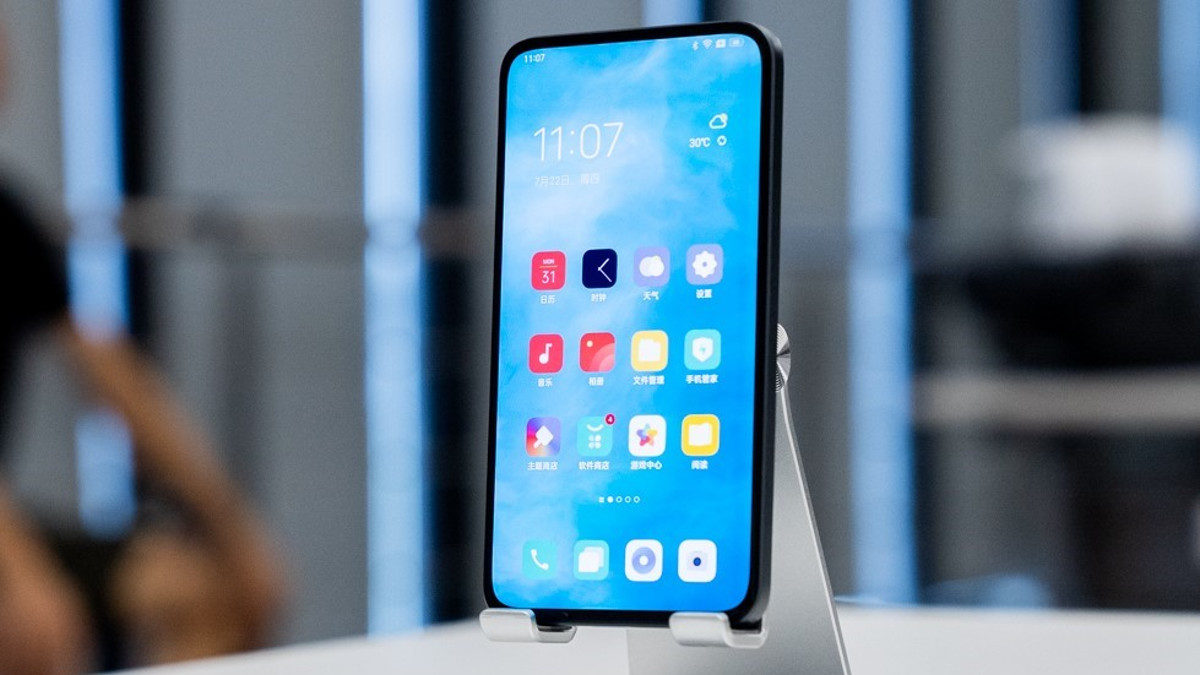
- Oppo has showcased several new camera technologies at its Future Imaging Technology event.
- This includes a new RGBW camera sensor and a continuous optical zoom module.
- The firm also showed off its improved OIS system and its latest under-display selfie camera tech.
Oppo is no stranger to showcasing new camera features, highlighting under-display selfie cameras, zoom tech, and more in years gone by. Now, the company has decided to showcase its next generation of camera innovations.
The company used its Future Imaging Technology conference to announce a slew of camera features, including a new generation RGBW camera sensor, continuous lossless optical zoom module, 5-axis optical image stabilization solution, and its next-generation under-display selfie camera.
A new RGBW sensor
Conventional camera sensors have an RGB color filter (red, green, and blue), but we’ve seen both Oppo and Huawei adopt RGBW filters in the past. This adds white subpixels into the mix for improved low-light capture (hence the ‘W’). This is different from pure monochrome cameras though as it still produces color images. In other words, RGBW camera sensors can be used as the primary camera rather than a secondary shooter.
Now, Oppo has revealed a new generation RGBW sensor, claiming that it captures 60% more light and 35% less noise than previous RGB sensors. There’s no word on the specific RGB sensor Oppo is comparing to its new RGBW camera, and we’ve also asked the company how this new sensor compares to previous RGBW sensors. We’ll update the article when it gets back to us.
More reading: The best tips for improving smartphone low-light photography
Nevertheless, Oppo is also claiming improved color performance and better technology to isolate pixel cross-talk. The firm adds that the new RGBW sensor brings better photo and video portraits thanks to improved skin, texture, and contrast capture.
We won’t have to wait too long to see the first Oppo phone with this tech, as the firm says it’ll see a commercial release in new devices from Q4 this year.
Interestingly, BBK stablemate Vivo announced last year that it was working on a new RGBW sensor too. This was expected to debut in 2021. It’s also believed that Samsung could bring a 50MP RGBW sensor to one of its Galaxy S22 phones next year. So it seems like some major players might agree that RGBW technology should see a revival.
Continuous optical zoom
Telephoto and periscope cameras are undoubtedly important, but they have one major drawback. They’re generally stuck at a fixed zoom factor, forcing manufacturers to use software and other methods when deviating from the native zoom factor. But a drop in image quality is pretty common as a result.
We have since seen the likes of Sony offer a telephoto camera capable of switching between two zoom factors, but any intermediate zoom levels again require software smarts. Fortunately, Oppo now has an answer in its new continuous optical zoom module.

The firm’s new camera module offers 85mm to 200mm zoom, broadly equivalent to 3.3X and 7.xX zoom respectively. Sure enough, this system works by actually moving the lenses inside the module accordingly (seen above). Oppo adds that this system also avoids issues like “jumping,” inaccurate white balance, and “color bias” seen on traditional multi-camera zoom setups.
An improved OIS system
Optical image stabilization (OIS) is one of the most important features on a smartphone camera, allowing for more stable video and allowing your camera shutter to stay open for longer in low-light conditions with reduced blur. Oppo is bringing an improved OIS system to its Future Imaging Technology event as well, dubbed 5-axis OIS.
This solution uses sensor-shift image stabilization (as seen on the iPhone 12 series) as a key technology, offering a “maximum stabilization angle” of three degrees. Oppo says this figure is three times greater than traditional OIS solutions. Expect to see the first commercial products with 5-axis OIS launch in Q1 2022.
We’re not quite sure how this will compare to micro-gimbal stabilization systems seen on Vivo phones, but it should still be a marked improvement over most flagships if it works as Oppo intends.
New generation under-display cameras

Finally, under-display selfie cameras are the hot new thing these days, with ZTE actually being first to launch a commercial device year ago. But we’ve since seen Xiaomi and Samsung launch devices too. So what about Oppo?
Well, the company showed off its new generation under-display selfie camera tech earlier this month and showed this same tech at its event this week. In case you missed it, the new solution offers a sharper display area above the camera (400 PPI) as well as transparent screen wiring. These changes should result in a reduced “haze” effect for the screen area above the camera sensor, making the area blend in with the rest of the display.
Image quality is another major challenge for these cameras, but Oppo says it’s developed several algorithms to reduce diffraction, fight condensation, and improve HDR and white balance.
Unfortunately, Oppo didn’t confirm when we’ll see a phone with this tech. It’s a pity too, because the company first showed off under-display selfie cameras back in 2019. Then again, the first few efforts on the market have offered a major drop in quality compared to conventional cameras. So hopefully its latest solution indeed addresses image quality concerns.